Art World
The 10 Technologies Defining Art Right Now
It's not just all about the latest innovations.
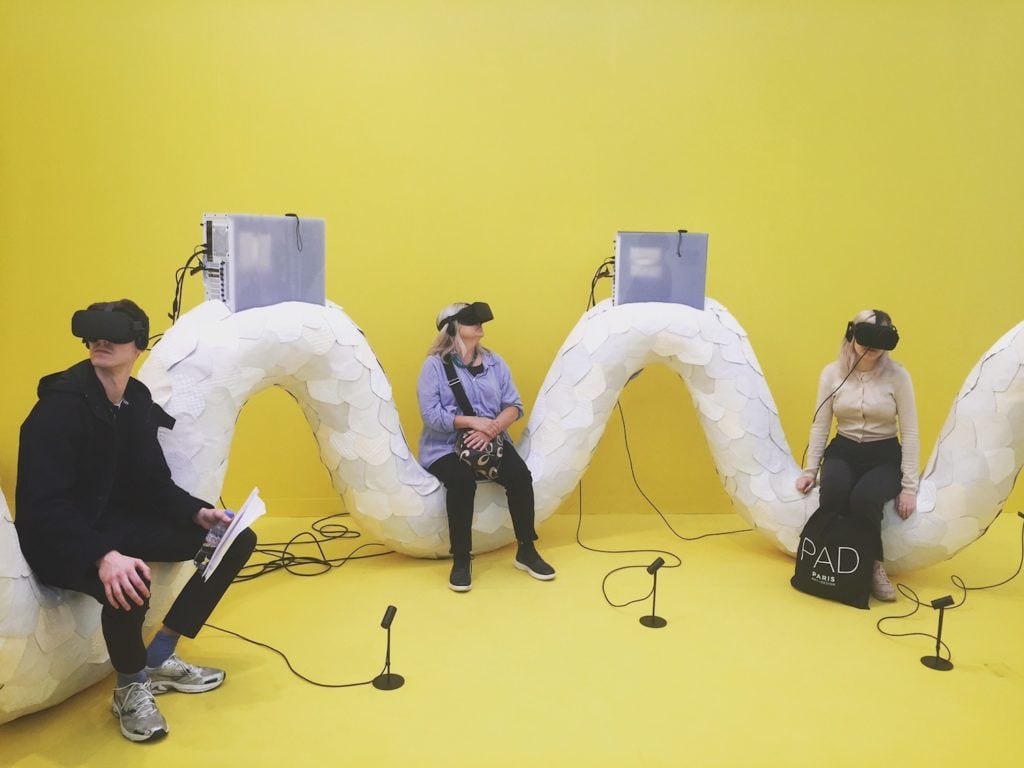
It's not just all about the latest innovations.

Hettie Judah

Ways of making and seeing, both new and old, have defined the look and feel of art in 2016 every bit as much as the hot topics under exploration.
We look back at a year of exhibitions, biennials, and art fairs to identify the 10 practices that stood out as significant in helping expand the definition of what art can be, as well as dying technologies that are revisited before becoming obsolete.

Dinh Q. Lê, The Colony (2016). Courtesy Ikon.
1. Drones
Even a couple of years ago, drones were strictly the terrain of military tech: the kind of deadly toys Carrie Mathison would spend three episodes arguing about deploying in Homeland. Then suddenly your nephew got given one for Christmas, and people started using them to shoot wedding videos and help prisoners escape from jail. For photographers and video artists, drones have made accessible aerial shots that would previously have required a helicopter, crane, or even hot air balloon. Indeed, as demonstrated by Dinh Q. Lê’s The Colony, (2016) shot in extraordinary conditions on the guano-caked Chincha Islands off Peru (on view at IKON, Birmingham, and shown by Artangel in London), the diminutive size and nimble movement of drones allowed for an entirely new kind of filmmaking, as well as a new perspective.
See also: Ibrahim Quraishi, RADIUS 1 & RADIUS 2.
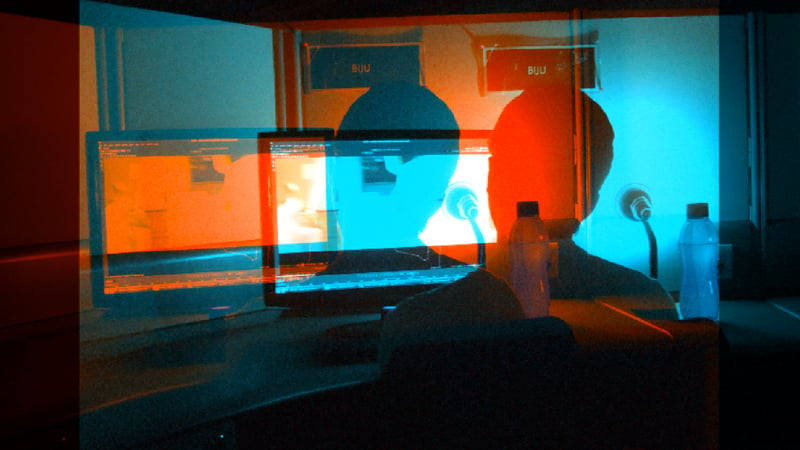
Lucy Raven, Curtains (2014). Courtesy lucyraven.com
2. 3D
Drones also feature in Cyprien Gaillard’s Nightlife (2015) (shown as part of Hayward Gallery’s The Infinite Mix), swooping up among the rockets in the night sky. However, it’s the use of 3D that makes Nightlife so disorienting, making it seem as though you are a first-hand witness to somehow impossible things.
Lucy Raven’s Curtains (currently showing at Serpentine Gallery) exposes the workings of the magic even as it deploys it, with the two shots that compose a single stereoscopic image slowly passing over one another on a large screen. Raven’s split footage of postproduction work on more sophisticated contemporary 3D only occasionally comes together to create a complete 3D picture.

Zarina Muhammad Digjihad (2016). Courtesy the ICA, London
3. Green Screen
In the hands of some of the recent graduates selected for Bloomberg New Contemporaries, green screen tech circa, like, 2013 is already looking totally retro. Zarina Muhammad’s The English Beat and Digjihad play discomfortingly with narratives surrounding Western involvement in the Middle East, from RPG strikes to jihadi brides, while paying irreverent textural homage to Hito Steyerl’s How Not to be Seen: A Fucking Didactic Educational .MOV File. Meanwhile, Richie Moment’s Richie Moment Green Scream, internet presence 001 satirizes art world self-promoters everywhere.

Jon Rafman’s Transcendental Serpent at Frieze London 2017. Photo Lorena Munoz-Alonso.
4. Oculus Rift
When Jon Rafman first experimented with Oculus Rift virtual reality headsets for Sculpture Garden (Hedge Maze) in 2015 there were murmurings that the technology eclipsed the purpose it was being put to. Not so with his Transdimensional Serpent, which was a standout hit at this year’s Frieze London fair when it was shown by Seventeen Gallery. Rafman may have been the most notable early adopter, but we’re guessing that this is merely the thin end of the wedge.
See also: Marshmallow Laser Feast’s In The Eyes of The Animal (currently showing at Beazley Designs of the Year at the Design Museum, London).

John Arnold, Imbissy (2016). Courtesy Manifesta 11.
5. Wooden spoon
You can engage with the zippiest of the new, but if you really want the art world’s attention, it’s sometimes easier to tie on an apron and sharpen up your Sabatier. There’s nothing intrinsically innovative about cooking and serving food as art—think Gordon Matta Clark’s FOOD or Rirkrit Tiravanija’s pad thai and green curry feasts—but what, how, and where we eat still bears plenty of investigation, as Delfina Foundation’s second Politics of Food season demonstrated. Meanwhile at Manifesta 11 in Zurich, John Arnold’s Imbissy project drew the city’s snackbars into the fray with a series of meals inspired by the menus conceived for significant diplomatic dinners.
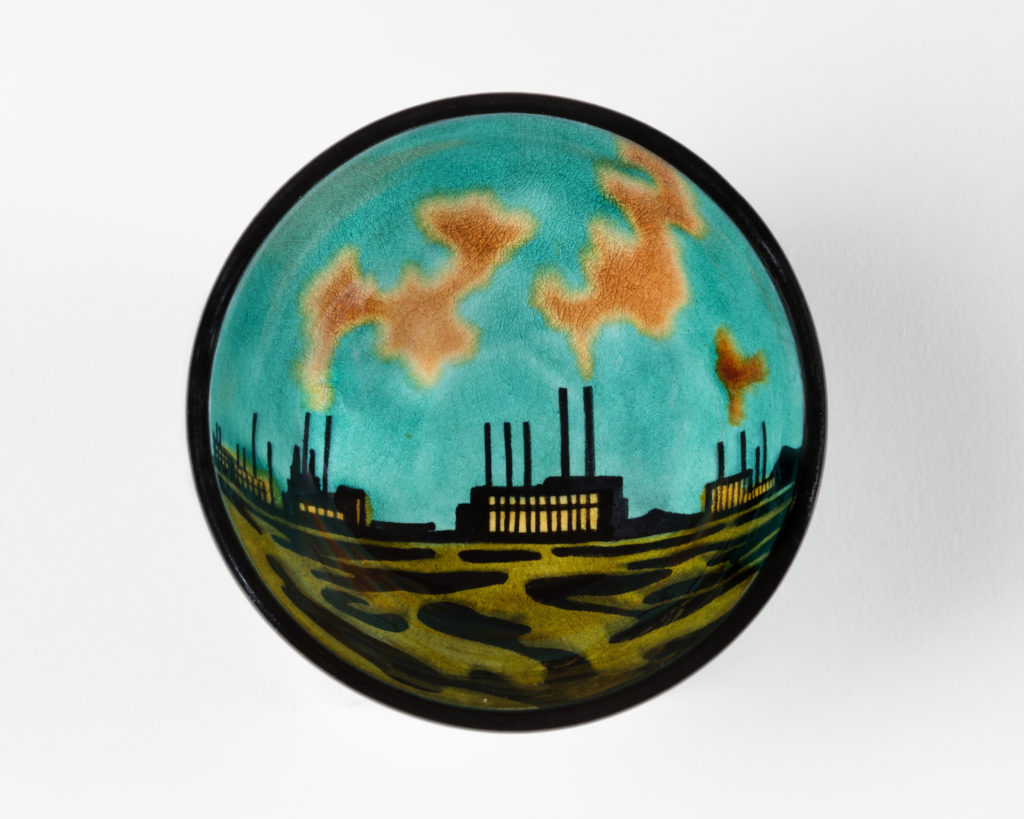
Ken Price, 4 Uneven Smoke Stacks (1990s). Courtesy Hauser & Wirth.
6. The Kiln
Any suggestion that interest in ceramic sculpture was a flash-in-the-pan trend was firmly quashed by the end of 2016, which saw Hauser & Wirth dedicate both London spaces to an uplifting and thoroughly Christmas-present-worthy survey of works by Ken Price, which ranged from cheeky early-career coffee cups to fabulous blobby-squiddy alien creatures coated in iridescent paint.
The work of late British ceramic sculptor Gillian Lowndes was revisited at The Sunday Painter, while earlier in the year, Betty Woodman got a solo outing at London’s ICA, and a major new commission in Liverpool.
See also: Aaron Angell at GIF, Emma Hart and Jonathan Baldock at PEER.
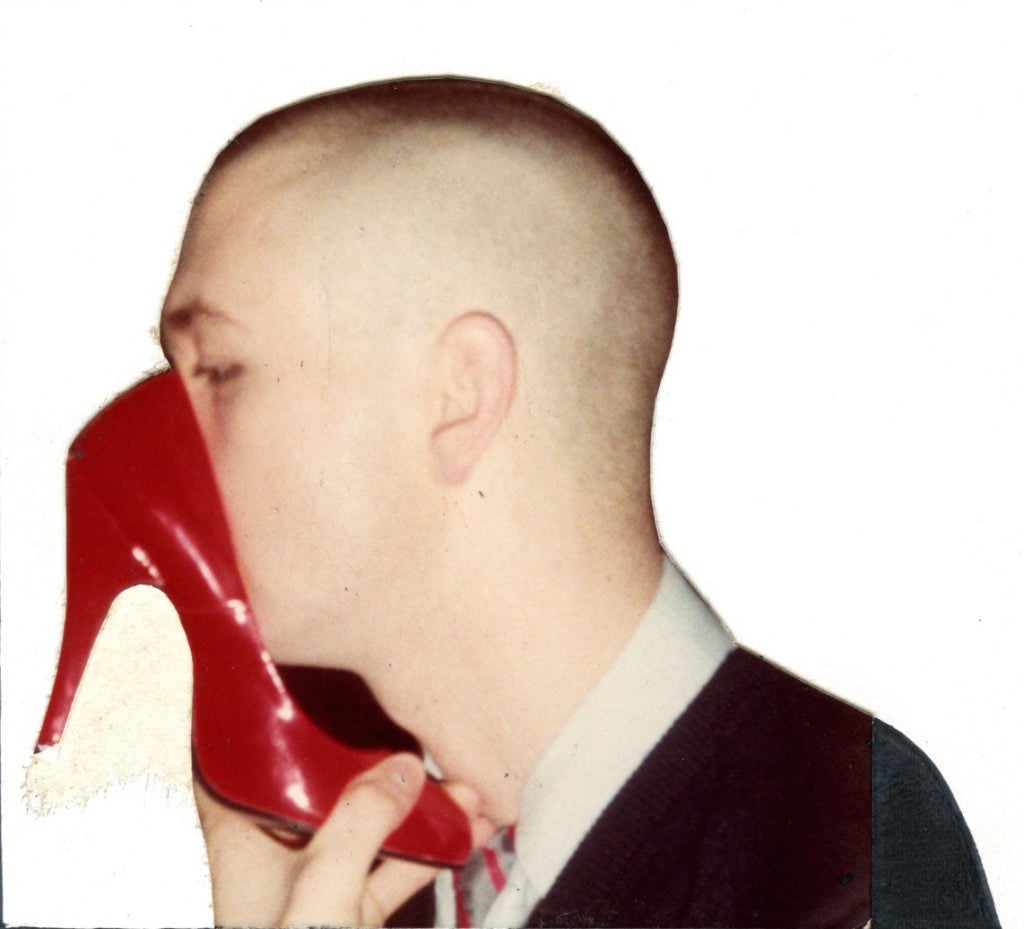
John Maybury, So This is Now (1980).
7. Video tape
This year, the BBC’s satirical feature for April Fool’s Day offered classic programs for sale on VHS video tape as a heritage format. The hipster-needling prank turned out to be prophetic, as a number of major shows made clear, focusing on the impact that accessible video recording and editing technology had on the art world of the late 1970s and early 1980s.
The film festival “This Is Now, Film and Video After Punk” and Art Sheffield showed scratch video from the era: edited VHS footage recorded from the TV set to a blistering soundtracks and destined to be shown in nightclubs and underground parties. Both Mona Hatoum’s Don’t smile, you’re on camera! (1980, Tate, and touring) and Dan Graham’s Performer/Audience/Mirror (1975, Lisson Gallery) demonstrated how the then-new video technology transformed the role of the audience in relation to the artwork.
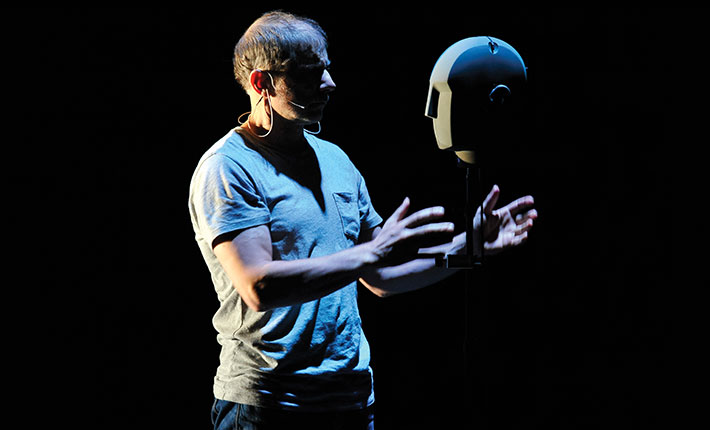
Complicite/Simon McBurney, The Encounter. Courtesy The Barbican.
8. Binaural sound
Simon McBurney may not be an artist, strictly speaking, but his performance and sound piece The Encounter (Barbican, London, and Golden Theater, New York) was perhaps one of the most memorable works of the year in any medium. Of course it would have been nothing without McBurney’s writing and performance, but the production’s use of binaural sound, conveyed via headphones for an “it’s all in your head!” effect, brought an extra dimension to the story of telepathy, psychotropic drugs, and exploration of the inner depths.
See also: Martin Low’s work with Serena Korda, Hold Fast, Stand Sure, I Scream A Revolution! at GIF.
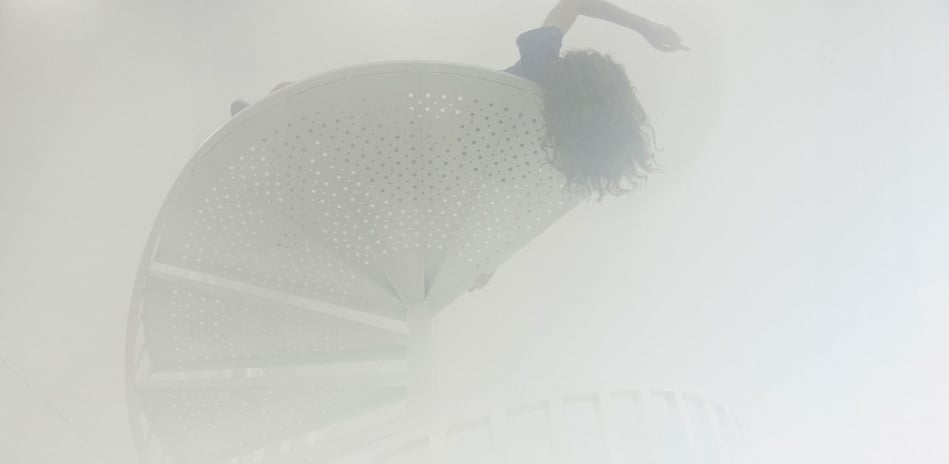
Eliza Douglas in Anne Imhof, Angst II (2016) at the Hamburger Bahnhof Museum für Gegenwart, Berlin. Photo ©Nadine Fraczkowski.
9. Electronic Messaging
One of the first shows opening in 2017—Beyond Boundaries at Yorkshire Sculpture Park—deploys the now decidedly traditional technology of email to show work by artists unable to get to the site in person (think creative people in conflict zones rather than those in London too hungover to face taking the train north). You see kids: it’s not all about Snapchat and Houseparty!
See also: Anne Imhof’s Angst, where the artist directed the performers in real time via text messages.
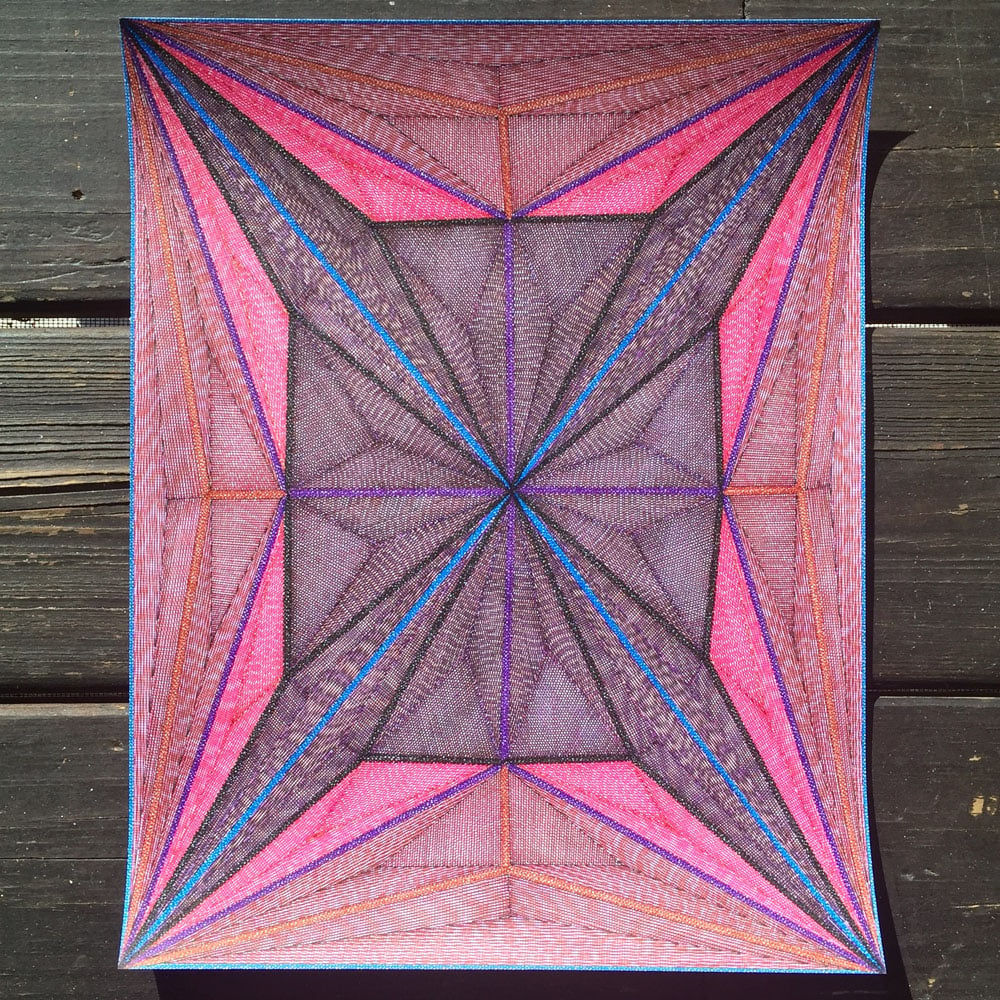
Richard Tinkler, Book Four Volume Three Page Thirty One, (2016). Courtesy and ©the artist
10. Ballpoint pen
The poster image for the exhibition “Figurative Geometry” at Collezione Maramotti showed a fine multicolor mesh that could have been a textile work. In fact it was a delicate abstract grid drawn in colored inks by Richard Tinkler, one of dozens that the artist has posted—both complete and in progress—over the course of the year to his thousands of Instagram followers. Rollerball? Now that really puts the “school” back into “old school.”
See also: Golnaz Fathi and Alireza Masoumi, both of whose works in rollerball are currently on show at The Third Line, Dubai.